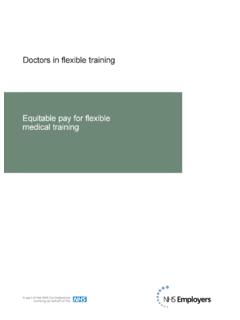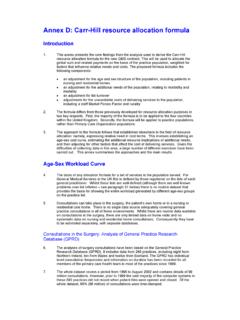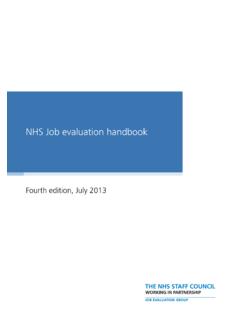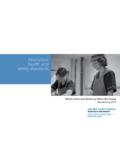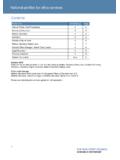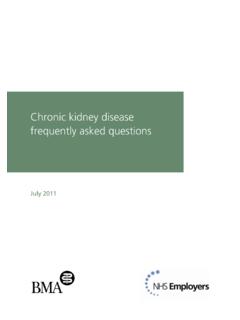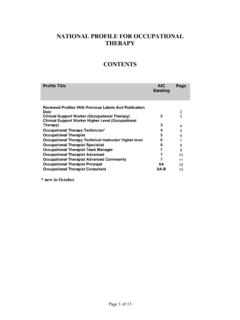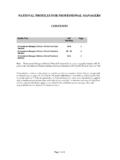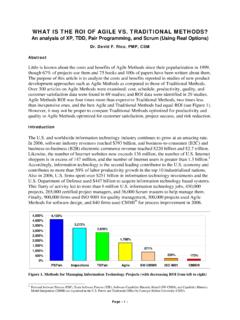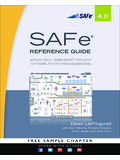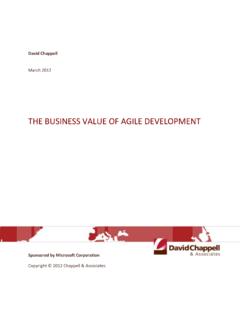Transcription of Agile Working - NHS Employers
1 Agile Working A Guide for Employers Incorporating: Contents 1. What is Agile Working ? 2. What is the aim of Agile Working ? 3. Is it the same as flexible Working ? 4. Benefits of Agile Working 5. Value in Agile Working 6. Drivers for Agile Working 7. Where can agility be achieved? Time Location Role Source 8. Who can be Agile at work? 9. Agile Working enablers and possible inhibitors Technology Culture Line management 10. Other considerations Pay Contracts Expenses Health, safety and ergonomics Insurance Confidentiality and security 11. How to achieve Agile Working Establish objectives Develop a business case Consider how much flexibility is available in each role and develop an Agile Working model Build an action plan to achieve the desired model Gain senior management commitment Get employee support 12.
2 Measuring success and impact 13. Case studies 14. Further reading 1. What is Agile Working ? Agile Working is a way of Working in which an organisation empowers its people to work where, when and how they choose with maximum flexibility and minimum constraints to optimise their performance and deliver best in class value and customer service. It uses communications and information technology to enable people to work in ways, which best suit their needs without the traditional limitations of where and when tasks must be It is based on the concept that work is an activity we do, rather than a place we go. With the technology available to modern business, there are numerous tools to help us work in new and different ways, to meet customer needs, reduce costs, increase productivity and improve sustainability.
3 Agile Working is a transformational tool to allow organisations to work smarter by eliminating all barriers to Working efficiently. 2. What is the aim of Agile Working ? The aim of Agile Working is simply to create a more responsive, efficient and effective organisation, which ultimately improves business performance and increases customer satisfaction. 3. Is it the same as flexible Working ? Agile Working may incorporate flexible Working practices but the aims, drivers and scope are significantly different. Flexible Working is a work pattern, which has been designed for an individual, usually to help that person balance work and home life. Flexible Working has traditionally been viewed as a benefit for the employee at a cost to the employer.
4 Whilst this is a narrow view that is not supported by research, flexible Working does tend to be driven by the employee and usually only involves changes to Working time, patterns and location. Agile Working is based on the complete flexibility of work to drive long-term organisational success. Whilst it can unlock value for both the employer and the employee, it will be driven by business needs. 1 The Agile Organisation 2013 4. Benefits of Agile Working Benefits are gained from changing work practices, utilising new technologies and creating new Working environments. Benefits for the business include: Increased productivity and efficiency Space savings Reduced property costs Reduced cost of fuel and parking Extended business hours Meeting customer s expectations Ability to match workforce to fluctuating demands Better utilisation of skills Increased innovation Reduction in organisational and personal carbon footprint Improved business continuity less disruption due to weather, office security issues, travel problems etc.
5 Improved staff performance Ability to attract and retaining high quality talent Reduced absenteeism and related costs Reduced staff turnover with associated costs and reduction in lost knowledge, skills and experience Increased motivation and engagement of staff Benefits for employees include: Reduced travel time and related cost Personal productivity fewer distractions, improved focus, concentration, creativity, better use of skills and less frustration linked to fewer barriers Improved work life balance Increase in wellbeing, health and happiness reduced stress, better sense of control, ability to integrate healthy eating and exercise into the day Increased engagement as a result of the autonomy and trust at work 5.
6 Value in Agile Working There is no one size fits all approach to Agile Working so the benefits will be different for every organisation. However, there are reports indicating the level of value that could be gained by adopting agility. The Flex Factor report2 is based on a national survey of 2,828 employees and Employers and their attitudes to flexible Working . Whilst it only covers the value that could be achieved by adopting better flexible Working , many of the themes apply to Agile Working . The report finds that employees estimate they could gain on average five productive hours per week ( from commuting) through better ways of Working , which equates to around 4,200 per employee per year. The report also found a direct and statistically significant relationship between flexible Working adoption and overall organisational performance.
7 Flexible Working was found to account for 5 percent of the variance in overall organisational performance. This is a small but not insignificant contributor to organisational success, which would be greater if the full scope of Agile Working is adopted. The Agile Organisation also report on significant efficiency and cost benefits of Agile Working in the following three Case Studies3: BT In their rollout of flexible Working practices, under the Workstyle 2000 programme, BT found that absenteeism reduced by 63% when employees worked flexibly. They also found that flexible employees were on average 20% more productive than their office-based counterparts, where productivity was measured using internal business metrics such as absenteeism, sick leave and maternity return rates.
8 BT found that CO2 emissions reduced significantly providing a lower carbon footprint. BT reported that staff travelled 178 miles per week less, totaling 150,000,000 miles per annum. Thus they avoided the purchase of approximately 12 million litres of fuel per year, resulting in 54,000 tonnes less CO2 being generated in the UK. Teleconferencing has eliminated the annual need for over 300,000 face-to-face meetings, leading to savings of over million a year. This has also removed the need for over million return journeys saving BT staff the equivalent of 1,800 years commuting with further environmental benefits. Property costs also reduced by 30% ( 104m per annum.) through the programme, which was designed to reduce the legacy estate through provision of new, modern networked buildings, aligned to the required employee empowered culture of the future organisation.
9 PriceWaterhouseCoopers (PwC) PwC implemented flexible Working in their Birmingham office. Desk sharing was 2 Flex Factor Report, RSA and Vodafone July 2013 3 The Agile Organisation Flexible Working Benefits: Collated Evidence and Case Studies 12/09/12 introduced at :1 staff to desks overall (with highly mobile workers sharing at 5:1). This enabled 1,900 staff in four offices to be consolidated into one regional office resulting in a property saving of approx 30m over the next 10 years. Costs per person have fallen by 41% from 5,780 to 3,400. The capital investment costs of were paid back within three years PwC believe their flexible Working strategy and the co- location of different teams has resulted in an increase in profit of 15% due to cross-selling of services between teams.
10 This has aided recruitment and retention such that only 12% of staff asked to leave in one year, the lowest figure on record, and PwC was voted UK No 1 graduate employer of choice . Also 95% of staff say they are happy with the new building and services with 87% agreeing that it is a great place to work. The strategy has been rolled- out on a larger scale at their new London offices. EC Harris When moving to their new Headquarters office (ECHQ) and implementing flexible Working , the building was demonstrated to have had a positive impact on how staff and clients view EC Harris, and they believe that the building helps the business to win work. The new Working practices also increased integration, flexibility and transfer of knowledge between teams.
